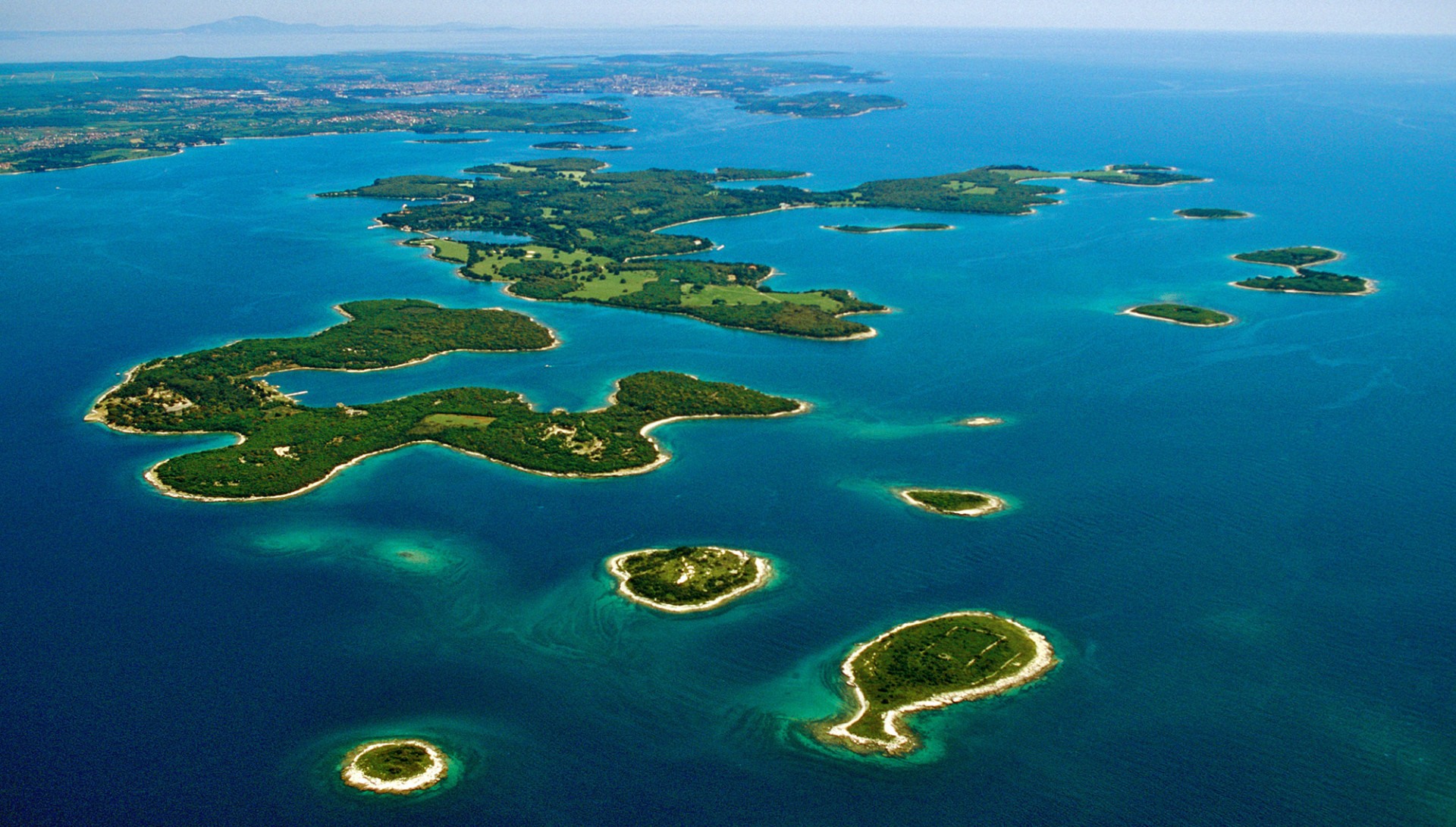



The Brijuni archipelago: centuries-old history, natural beauty and a wide variety of fauna
The archipelago of the Brijuni Islands, with its extensive National Park, remains a truly magical place where there is a perfect combination of natural beauty, a wide variety of fauna and a truly centuries-old history.

The Brijuni Islands are a few miles from Fazana (in Italian Fažana) and give life to an archipelago of fourteen islands and islets. The largest island is Veliki Brijun (Brijuni). The second largest island is Mali Brijun (Brijuni Minor). The other so-called "minor" islands are Kabula, Kadulja, Kotez, Galija, Gaz, Grunj, Madona or Pusti, Vrsar, Sv.Jerolim, Sv.Marko, Obljak, Vanga, Supin and Supinic.

This Archipelago is truly stunning for those low, rocky and easily accessible beaches. Watch this video, made by Explore Croatia, and it will take a little to realize it.
But the Brijuni Islands also have their own history which is not so recent. In fact, they began to be famous already during the Austro-Hungarian period when they were a destination of international fame very coveted by the European aristocrartic class (and not only!) Then there was the Second World War, and, suddenly, this celebrity fell into decline to come back into vogue again, after 1947, the year in which Marshal Josip Broz Tito arrived for the first time and fell in love with it so much that he established his summer residence here.

Click, then, to see some historical videos made by the "Istituto Luce Cinecittaà" that tell the "History" of this Archipelago and represent a "very faithful picture" of life on the Island.
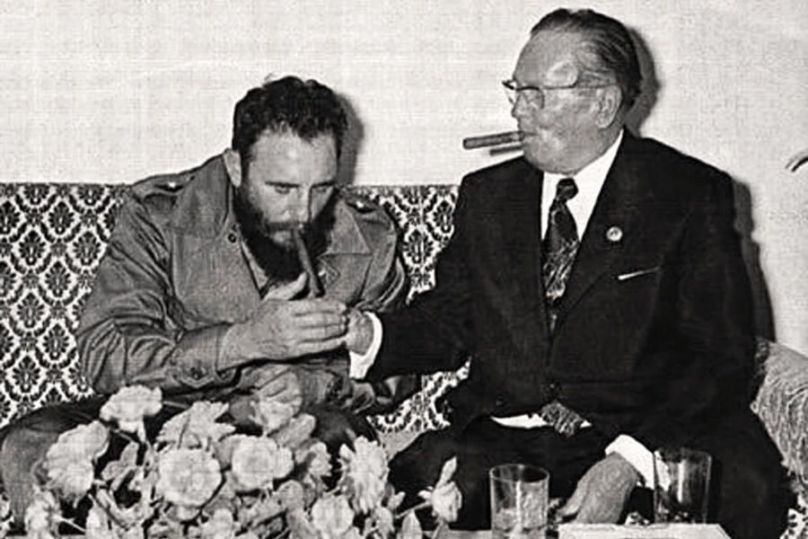
Currently, the Brijuni Islands Nature Park remains one of the most visited destinations in Croatian Istria and in the whole of Croatia.
Your visit begins at the port of Brijuni. With a tourist train, in fact, it is possible to discover the natural beauties of the archipelago passing through the safari park, the Byzantine castro, the Roman residential villas in the Gulf of Valcatena and other natural and historical beauties absolutely not to be missed.
Next to the port and the hotels "Istra", "Neptun" and "Karmen" is one of the many monumental remains of the Brijuni Islands. That is, the church of San Germano (dating back to 1481).
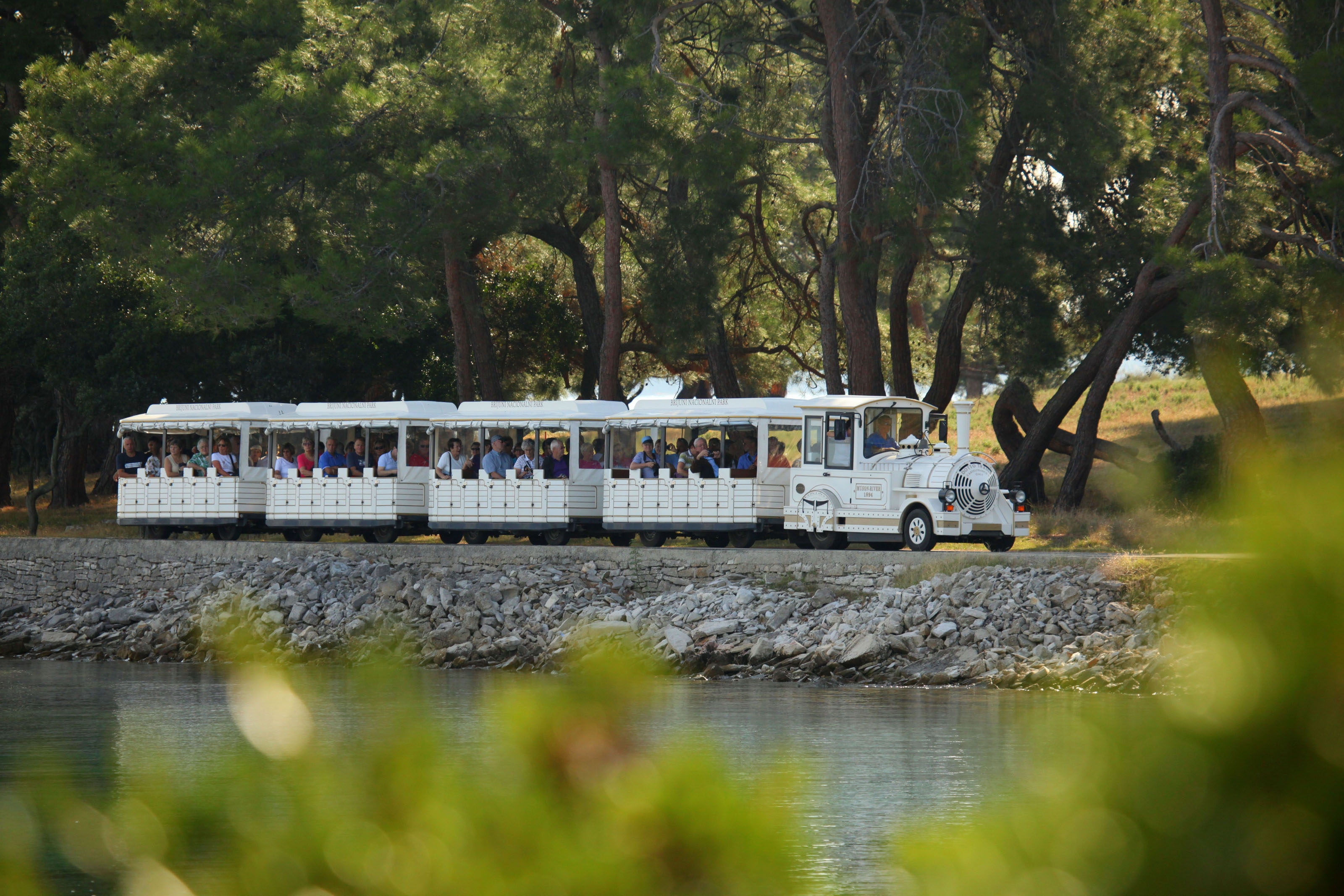
For many years, this small church housed gothic frescoes which were destroyed in a fire that occurred at the end of the nineteenth century. Subsequently, the church was restored (in 1911) and its floor was embellished with a mosaic belonging to the Roman villa of Val Catena.
Furthermore, since 1958, this church has housed numerous reproductions of Glagolitic frescoes and writings, made on white rock, which date back to the medieval period and originate from Istria and Kvarner.
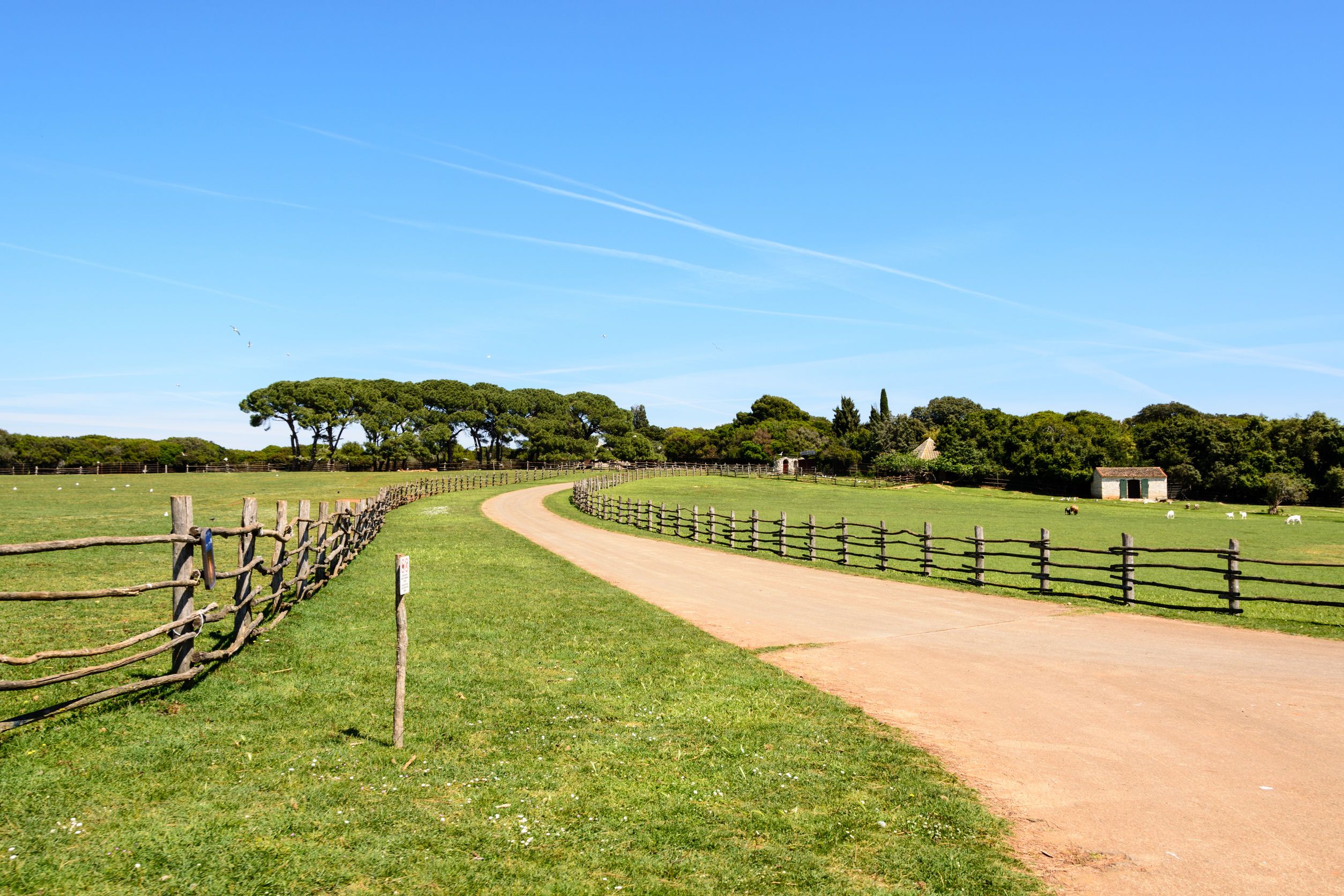
The typically Mediterranean climate has allowed the development, throughout the archipelago, of a luxuriant flora, in which many plants attributable to exotic nature have also been intorduced. Among these species there were various types of pines, cedars of Lebanon, palm trees, yuccas and cacti which were mainly positioned around villas and hotels.
The holm oak woods, on the other hand, remain widespread in very large areas both of Brijuni Maggiore and Minore. The oldest tree in the entire archipelago, on the other hand, remains an old olive tree. Despite its sixteen hundred years, this plant still produces fruits that are used in the production of oil.
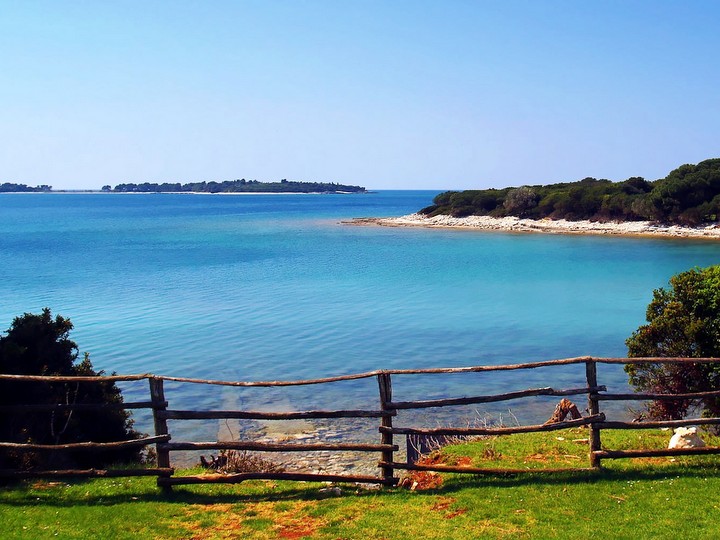
In Brijuni, salt marshes are among the special habitats. They are located in Valdura in an inlet of Brioni Maggiore (near Punta Gromaca).
The ornithological reserve was built right on the remains of the medieval salt pans. Moreover, the production of salt was interrupted in 1960 with the reclamation of the area.
This natural park is home to seven hundred plant species and two hundred bird species. Wild animals are also very numerous and absolutely free from qualms. In fact, they have lived in the wild for many years despite being accustomed to the many tourists who visit the island especially in summer. Indeed, it happens often and willingly to catch a glimpse of them as they walk freely, and in complete tranquility, through native and exotic woods, parks and meadows.
The fauna of the islands is made up of native species, among which the hare is the widespread one. But there are also other animals. Among these: the fallow deer, the mouflon and the pomellato deer.
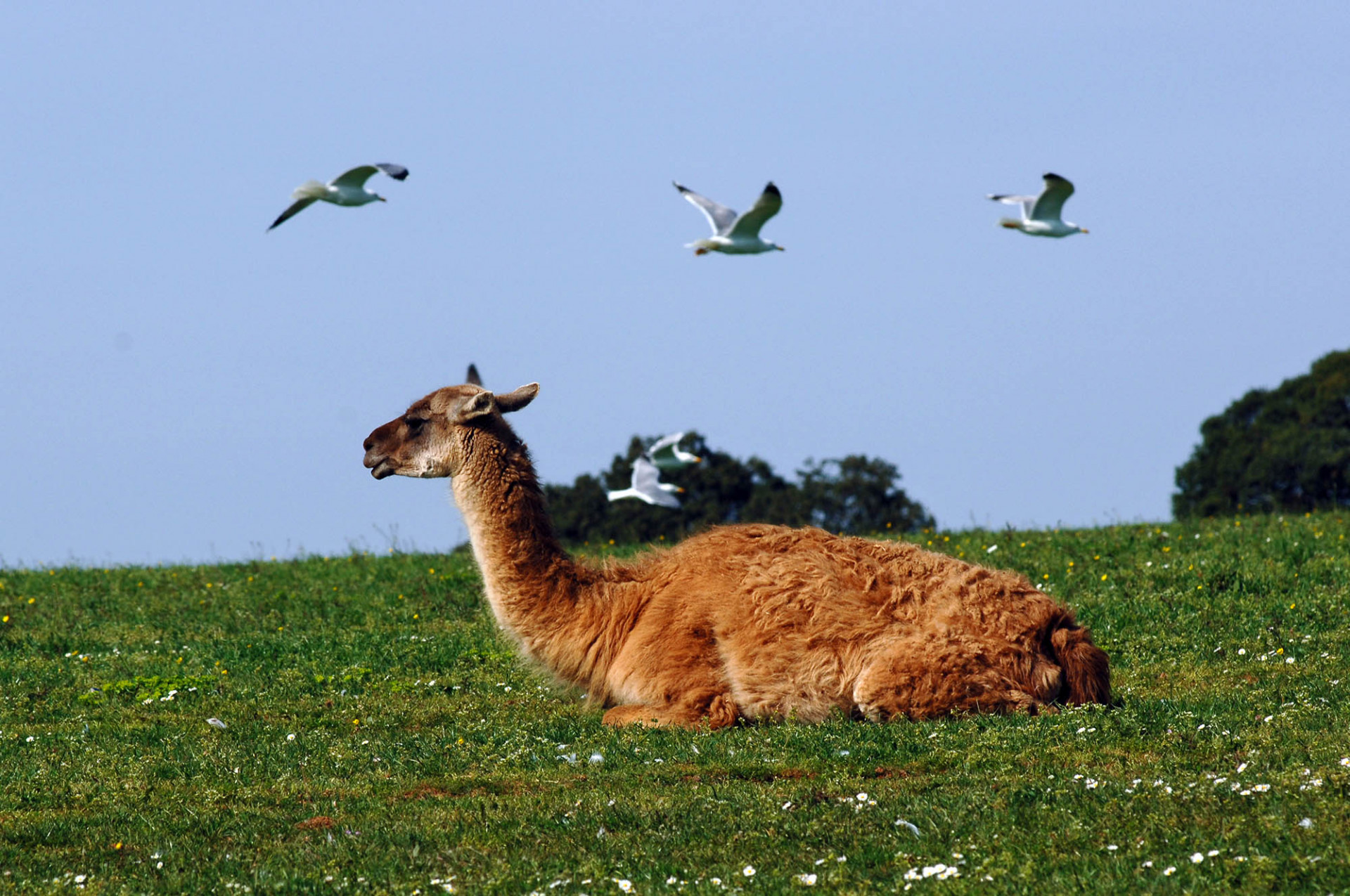
Click to watch a video about “WILD BRIJUNI” made by "Explore Croatia".
Among the birds, on the other hand, gulls and sea swallows thrive. For catkins of this genus, however, the most interesting area, and therefore not to be missed, remains that of Valdaura.
Here you can see three fenced marshy lakes which constitute a truly exceptional ornithological reserve, where some endangered species also stop. Among which, experts report white herons and black storks.
Of the three marshy lakes, the largest one has its own very particular history and, therefore, all to tell. Inside, in fact, a small island is still visible which housed a straw hut which, with the passage of time, had become the favorite resting place of Marshal Josip Broz Tito.
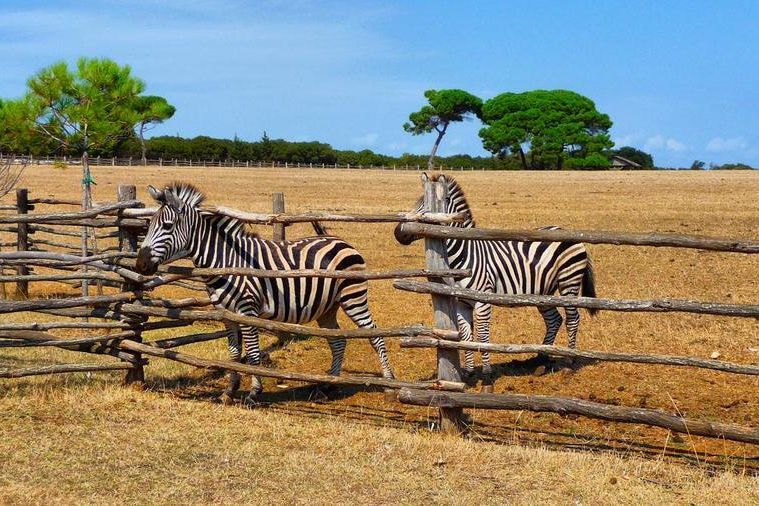
In the northern part of Brijuni, however, a safari park was created (in 1978) with Indian elephants received as a gift from India, zebras, llamas, Somali sheep (donated by Ethiopia), antelopes, marsh antelopes (called “Kobo” and donated from Zambia), Indian sacred cows, Istrian and Dalmatian donkeys.
Inside the safari park there is also an ethno-park which illustrates the indigenous agricultural economy with the animals that are most common to it: the Istrian ox, sheep, donkeys and goats.
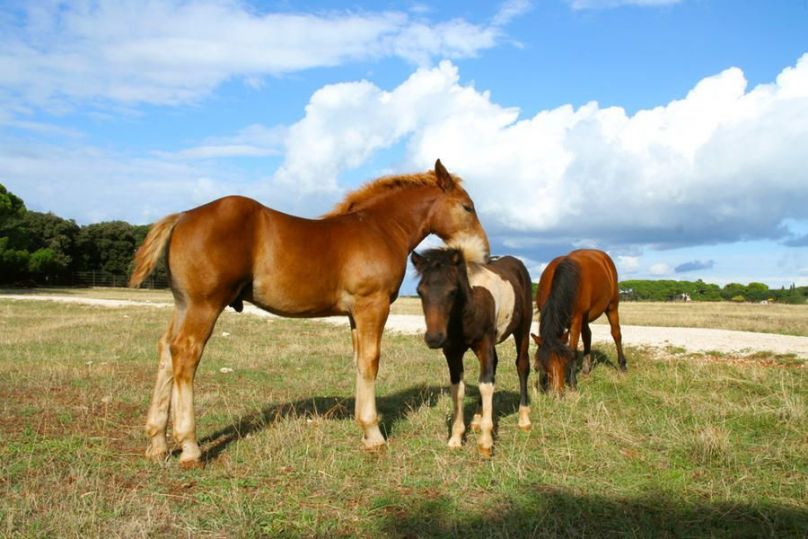
Click to discover a pleasant preview of the Brijuni Safari, also in this case, made by Explore Croatia
The stretch of sea in front of Brijuni, on the other hand, hosts many marine organisms typical of the Upper Adriatic, including the Pinna Nobilis, dates, occasionally sea turtles and dolphins. Obviously, these are protected species in an area strictly subject to protection. Here also molluscs, sponges and numerous fish abound.
In this archipelago, scuba divers, if accompanied by specialized guides, can practice diving in a limited area of ??about 40 square kilometers.
Moreover, the Brijuni archipelago constitutes an ideal habitat for many animal and plant species which in other areas, due to the pollution produced by tourism and fishing, have completely disappeared or will disappear within a few decades.

Click to look at a very comprehensive MEDIA GALLERY of this beautiful Croatian archipelago.
Brijuni and Archeology
Dinosaurs were also present in the history of Brijuni and, currently there are numerous remains of prehistoric buildings, rustic and Roman villas and Byzantine fortresses that deserve a separate itinerary.
This pleasant itinerary can be visited together with professional guides who accompany tourists to discover the most important archaeological sites in Brion. During the excursions, the history of the islands is told through the various historical and cultural eras: from prehistory to the ancient period, through the late ancient era and the Byzantine years, up to the Venetian period.
Among the stages of this pleasant archaeological itinerary of Brijuni we include:
- Brijuni Cretaceous Park: Punta Pogledalo, Ploce, Kamik / Plješivac and Trstika / Debela Glava more than two hundred dinosaur footprints have been found.
In particular, at Punta Pogledalo, the footprints of bipedal carnivores (probably theropods) have been found. At Poloce-Punta Lastra, on the other hand, there are footprints of small bipedal carnivores. On the Zelenikovac peninsula, on the other hand, fossilized shells of black snail (marine sedimentary phenomena belonging to the lower Cretaceous period) were found alongside the dinosaur footprints.

The Castelliere, on the other hand, represents the remains of a fortified settlement dating back to the Bronze Age. To the north of Val Catena, in fact, you can see the surrounding walls, some entrances and the necropolis. Tombs with stone slab coffins, on the other hand, were found near the town on the hills surrounding the Castelliere.
The Roman Villa in Val Catena is a Roman residence dating back to the first century BC. On the southern banks of the valley was the summer residential palace with two peristyles and decorations of mosaics, frescoes and stuccos, at the bottom of the bay three temples dedicated to Neptune, the Capitoline triad and Venus, while on the north side there was the gymnasium and the thermal baths. and the economic buildings all connected by open and closed promenades.
Castrum is another obligatory trape of archaeological Brijuni. It represents the largest inhabited area of ??the island and presents some remains of republican and imperial Rome, of Byzantium, of the Carolingian era and of Venice;
Finally, the Church of the Madonna is a place of religious worship (dating back to the fifth / sixth century AD) with a rectangular plan and a three-nave structure. In the atrium of his basilica there is a lapidary, while in the space in front there was a cemetery of early Christian origin.
The church underwent a restoration in the 9th century and a Benedictine monastery was built next to the basilica. From the twelfth century the church belonged to the Templars, but after the dissolution of the order (1312), the convent lost its importance and next to the main church a smaller building with a nave was built which was dedicated to St. Peter.

Organize the visit:
- Contact the Tourist Office:
Brionska 10, 52212 Fažana
tel .: +385 (0) 52 525 888
fax: +385 (0) 52 521 367
email: [email protected]; website: http://www.np-brijuni.hr/it/
- Check the ship timetables: click
- See how to get there: click
- Download the Pocket Guide: click

Nacionalni Park Brijuni - Virtual Tour 360°
Address: Brijuni, 52100
Phone: +385 (0) 52 525 888
Site:
http://www.np-brijuni.hr/it/Location inserted by
Marco Cadelli